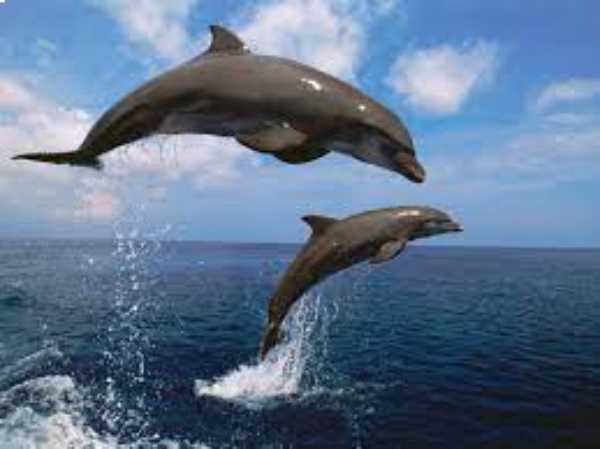Our animal friends never fail to amaze us with their seemingly boundless reserves of energy. Unlike us humans who indulge in lounging and relaxation, animals have to channel their energy into their daily lives. From gathering and storing food to seasonal migration and even putting on a show for a potential mate, animals demonstrate an impressive level of activity as a regular part of their existence. Whether it’s the pack of ants moving in perfect sync to relocate their colony or the squirrel tirelessly gathering acorns for the winter, animals are constantly on the move.
Table of Contents
Top 10 Most Energetic Animals in the World
Border Collies

- Scientific Name: Canis lupus familiaris
- Type of Animal: Mammal
- Diet: Omnivore
Border Collies are not your average breed of dog. These energetic herding animals are known for their incredible work ethic and intelligent minds. In fact, they are so hard-working that inactivity can signal an underlying illness. For owners, managing their high energy can sometimes require research and creativity.
However, allowing them to channel that energy into work is where they truly shine. With their tireless spirit and boundless energy, these dogs will amaze you with their work ethic. But exercise is also key to keeping them happy and healthy. Whether it’s a good run or some playtime at the park, keeping a Border Collie engaged and occupied will surely keep them in their happy place.
Dolphins
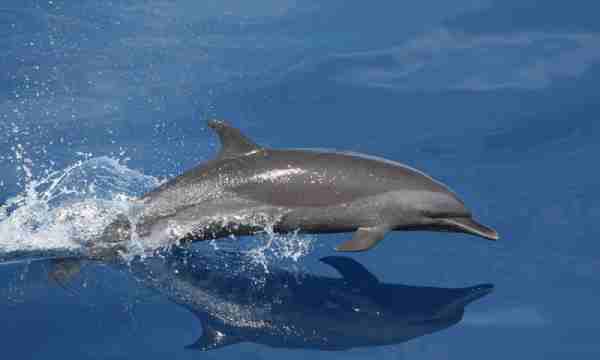
- Scientific Name: Delphinidae
- Type of Animal: Mammal
- Diet: Carnivore
Dolphins are some of the most fascinating and adept creatures in the sea. To seek prey and survive against predators, they require an exceptional amount of energy. One tactic they use to evade their enemies is speed swimming, which allows them to dart away at top speeds.
However, this isn’t the only way they use their energy. Dolphins are social creatures and require effective communication to thrive. Interestingly, in noisy waters, they expend more energy to communicate with one another.
Shrews
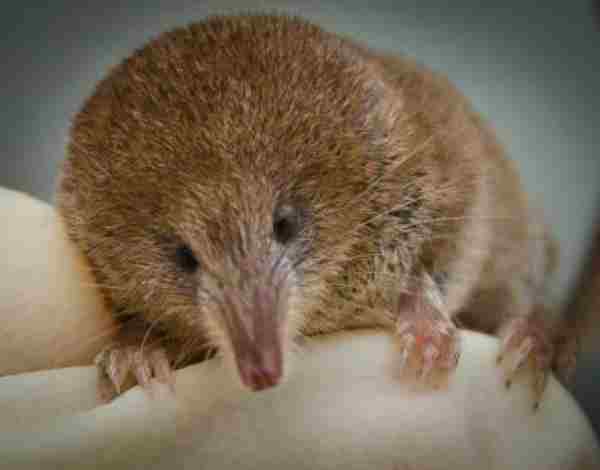
- Scientific Name: Soricidae
- Type of Animal: Mammal
- Diet: Carnivore
Shrews may be small, but their energy levels are absolutely astounding. It’s no surprise that researchers have been fascinated by their energetics since the mid-1900s. These tiny creatures spend most of their time and energy on the hunt, chasing down insects and avoiding predators. Their high metabolism rate is reportedly responsible for the majority of their energy consumption, although it’s a bit of a double-edged sword.
While their metabolism constantly burns through energy, their small size means they need to consume even more just to sustain themselves. It’s an endless cycle of energy acquisition and consumption, with shrews constantly on the move in search of their next meal. Even without the added pressure of predators, shrews would still be a whirlwind of energy and motion.
African Wild Dogs

- Scientific Name: Lycaon pictus
- Type of Animal: Mammal
- Diet: Carnivore
The African wild dog, with its unbridled impulses, is about twice as energetic as domesticated dogs. Hyperactivity is a critical element of survival for these wild dogs, offering them the stamina needed to support their oftentimes rigorous activities. Their favourite hunting technique involves wearing out their prey by giving chase for extended periods.
These chases require maximum energy and can last up to 30 miles on a daily basis. Despite the fact that their most common prey, antelope, are the fastest land mammals in the world, reaching top speeds of about 98 km/h and plateauing at around 48 km/p for several miles, the African wild dog’s chase strategy is highly effective.
Sea Otters
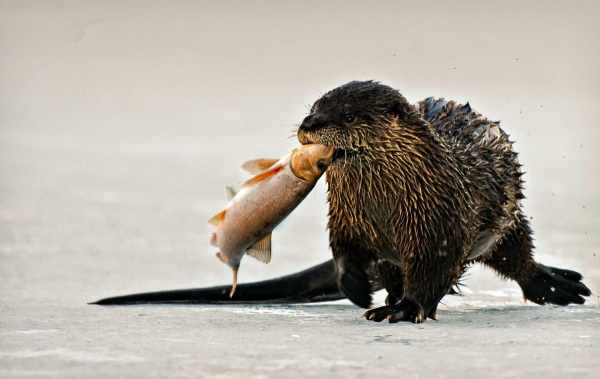
- Scientific Name: Enhydra lutris
- Type of Animal: Mammal
- Diet: Carnivore
Sea otters are certainly not lazy creatures. Although they might spend a lot of their day resting, their energy levels are sky-high. These furry mammals are known for their playful and hyperactive nature, constantly exploring their surroundings and socializing with each other. However, when it comes to hunting for their favourite prey – fish – these otters become serious and determined.
Fish are not easy to catch, and otters must put a significant amount of effort into swimming and catching their prey. In fact, otters spend up to 12 hours a day hunting for food and can consume up to 30% of their body weight daily. It’s safe to say that when it comes to energy expenditure, sea otters are some of the hardest-working animals in the sea.
Honeybees
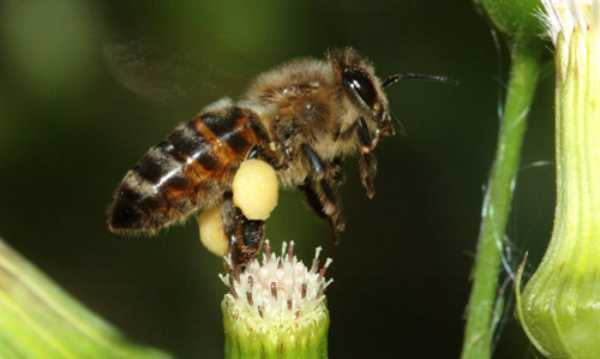
- Scientific Name: Apis
- Type of Animal: Insect
- Diet: Herbivore
As a honey lover, I find myself constantly grateful for the diligent efforts of the honeybee. These tiny creatures spend their days tirelessly buzzing from flower to flower, providing an essential service that fuels the pollination process. However, my admiration for these remarkable insects doesn’t end there. The honeybee hive is filled with intricate social hierarchies and specializations that work together to ensure the survival of the colony.
With workers designated for specific tasks, guards protecting the hive, and the queen bee leading the charge, this high-energy animal operation is simply awe-inspiring. As it turns out, the honeybee’s impact goes far beyond our love for its golden nectar. Without these fascinating insects, scientists and environmentalists agree that even the very oxygen we breathe would be in jeopardy.
Hummingbirds
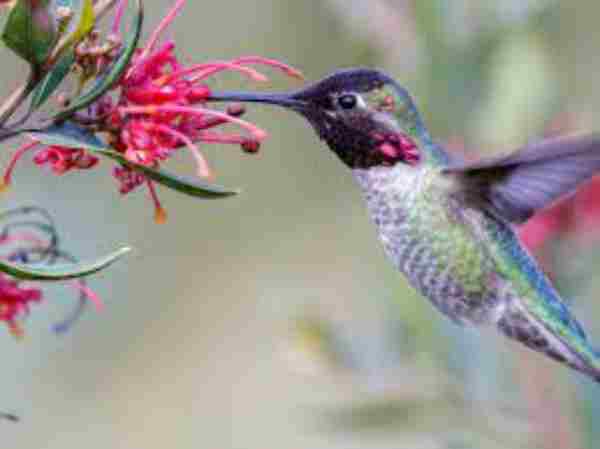
- Scientific Name: Trochilidae
- Type of Animal: Bird
- Diet: Omnivore
Can you recall the moment you first heard a hummingbird sing? It’s a moment that often allows us to witness the magical world of animals and nature firsthand.
But these small birds are not just magical; they are also unique. Hummingbirds have the remarkable ability to fly in any direction, including up, down, right, and left. They flap their wings an average of 85 times per second, earning them a spot on the list of the most energetic animals.
So, how do hummingbirds utilize all of these capabilities? One of their top priorities is finding food. Even though they are small and cute, they cannot fly without fuel. That’s why they have long beaks, which they use to catch their food with precision.
Mother hummingbirds are also exceptionally skilled builders. When it’s time to reproduce, they construct a nest that can take several weeks to complete, with only a few breaks and little rest.
Being a hummingbird is a demanding job, but nature has equipped these little hard workers with everything they need to thrive.
Ants
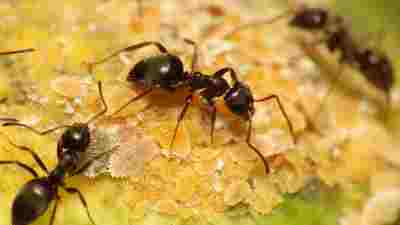
- Scientific Name: Formicidae
- Type of Animal: Insect
- Diet: Carnivore
No list of the most active animals could be considered complete without including the ant.
If you think of ants as merely annoying insects, you’re overlooking the bigger picture. Ants are far more complex creatures than that! They work tirelessly, performing tasks that benefit us on a daily basis.
It’s awe-inspiring to witness the smallest of ants carrying loads that are more than fifty times their body weight, and their ceaseless digging and building activities are fascinating to observe.
In the past, kids and collectors alike were fascinated by “ant farms,” which are akin to fish tanks and allow for the observation of ants working hard from a side view. Few other creatures have attracted this kind of attention.
The choreographed nature of ant activities, both in regular ants’ life and during ant warfare, and the tremendous energy that they put into their efforts are truly remarkable.
Ants, one of the most energetic animals in the world, demonstrate that even the tiniest of creatures can amaze us.
Arctic Terns
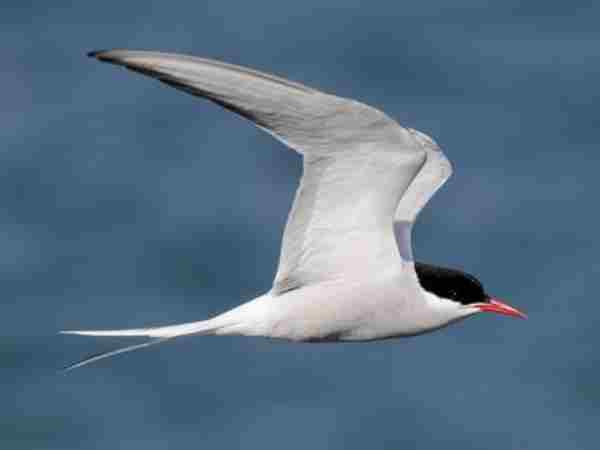
- Scientific Name: Sterna paradisaea
- Type of Animal: Bird
- Diet: Carnivore
The Arctic Tern is a true powerhouse of energy in the animal kingdom. This hyperactive bird never stays in one place for too long, spending a good portion of its life on the move. From migrating long distances depending on the season to using its compact body and long beak to fish, the Arctic Tern is always on the go.
In fact, this cold-weather bird boasts the longest annual migration of any extant animal, travelling a staggering 18,641 miles from the Arctic Circle to the Antarctic Circle. So, while the Arctic may seem like a barren land, don’t let that fool you – it’s home to some of the most hardworking animals in the world, including the endlessly energetic Arctic Tern.
Baby Goats

- Scientific Name: Capra aegagrus hircus
- Type of Animal: Mammal
- Diet: Herbivore
Out of all the high-energy animals out there, the baby goat reigns as the most adorable. With their boundless energy and playful personalities, these little ones are often compared to overactive puppies. Trying to keep them calm is a task for the experienced, as they are constantly jumping, hopping, and playing.
As they grow older, they develop a love for headbutting, making it a favourite pastime. Despite their small size, baby goats can surprisingly jump quite high. And their rugged nature makes them well-suited for living in various environments. In fact, even in the treacherous mountains of Tibet, baby goats live tireless and action-packed life. These little ones are impossible not to love!
FAQs
What is the bravest animal in the world?
Honey badgers
Which animal loves fun and play?
Dolphins.
What animal has the best life?
Squirrel
What is the toughest land animal?
Mountain Goat
What is the number 1 strongest animal?
Whale
Final Words
When we think of high-energy animals, the usual suspects come to mind: dogs, cats, and horses. But did you know that some of the most energetic animals in the world include dolphins, shrews, hummingbirds, ants, and honeybees? These creatures are constantly on the go, flitting from flower to flower, diving and playing in the water, and crawling through the earth. It’s amazing to think about the amount of work and effort these animals put into every moment of their lives.
Reference:
- https://www.wildrepublic.com/product/honey-badger/
- https://www.purina.co.uk/articles/dogs/behaviour/common-questions/why-are-dogs-so-loyal
- https://www.worldanimalprotection.us/blogs/4-facts-about-dolphins
A motivated philosophy graduate and student of wildlife conservation with a deep interest in human-wildlife relationships, including wildlife communication, environmental education, and conservation anthropology. Offers strong interpersonal, research, writing, and creativity skills.

